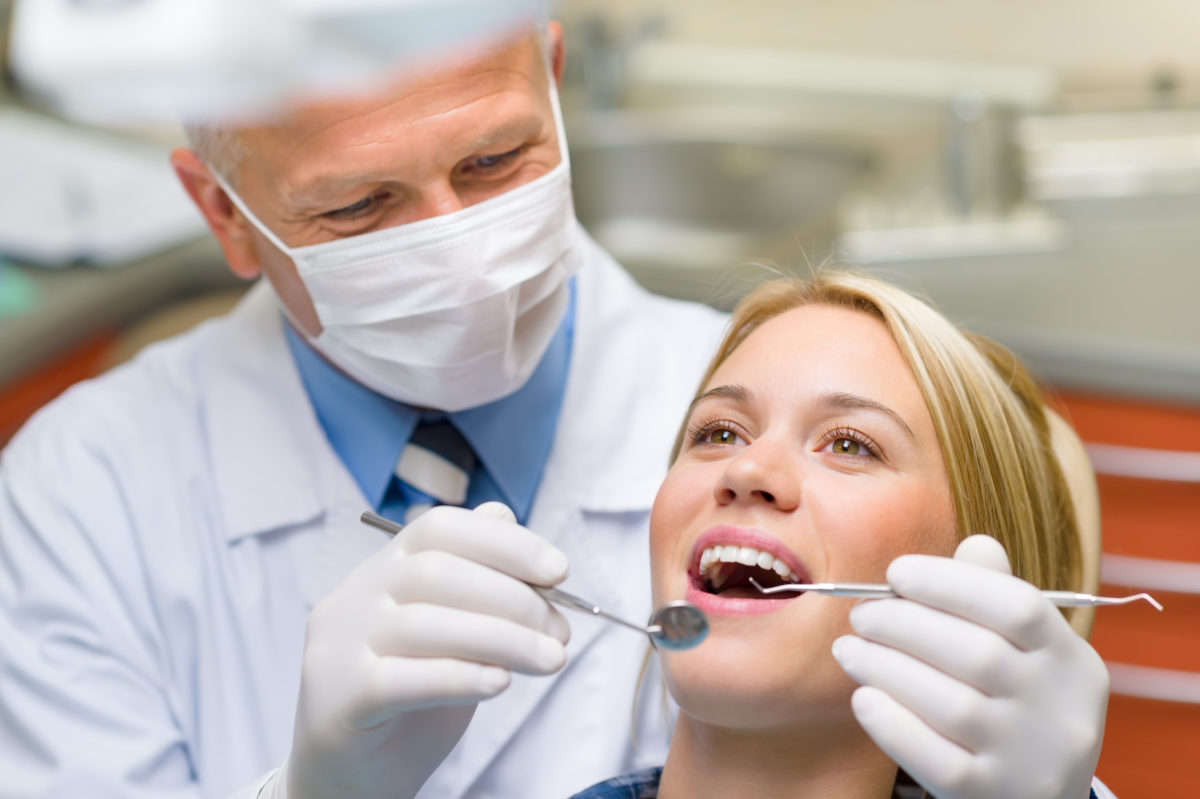Legacy Orthodontics for Dummies
Legacy Orthodontics for Dummies
Blog Article
The 10-Minute Rule for Legacy Orthodontics
Table of ContentsThings about Legacy OrthodonticsThe Legacy Orthodontics PDFsSome Known Details About Legacy Orthodontics Legacy Orthodontics Can Be Fun For Everyone6 Easy Facts About Legacy Orthodontics Shown
In addition, we use flexible treatment schedules, flexible settlement choices and a fun, satisfying experience.An orthodontist is a dentist trained to identify, stop, and deal with teeth and jaw abnormalities. Orthodontists function with people of all ages, from youngsters to adults.
Malocclusion, or misaligned teeth, can cause oral issues, including tooth degeneration, gum tissue illness, and tough or unpleasant eating. But not every person is born with straight teeth. If you have a bad bite or huge spaces between your teeth, you may wish to seek advice from a dental professional specializing in orthodontic care.
Legacy Orthodontics Fundamentals Explained
( Picture Debt: DigitalVision/Getty Images) Orthodontists utilize fixed and detachable oral devices, like dental braces, retainers, and bands, to alter the setting of teeth in your mouth. Orthodontic treatment is for dental irregularities, consisting of: Crooked teethBite issues, like an overbite or an underbiteCrowded teeth or teeth that are also much apartJaw misalignmentThe objective of orthodontic treatment is to boost your bite.
A healthy and balanced bite guarantees you can eat, chew, and talk properly. While you could think about orthodontists as primarily for kids or teens that need braces, they can correct oral troubles at any type of age. Orthodontists attend college, oral school, and orthodontic institution. After college graduation, they spend 2 or 3 years in an orthodontic residency program.
All orthodontists are dental professionals, yet not all dental professionals are orthodontists. Orthodontic residency programs offer extensive, focused instruction for oral experts. They focus on two areas: How to effectively and securely move teeth Exactly how to appropriately assist growth in the teeth, jaw, and faceOnce an orthodontist has finished training, they have the choice to end up being board accredited.
How Legacy Orthodontics can Save You Time, Stress, and Money.
Imbalance, or malocclusion, is one of the most typical reason people see an orthodontist. It is hereditary and is the result of size differences in between the upper and reduced jaw or in between the jaw and teeth. Malocclusion leads to tooth overcrowding, an askew jaw, or irregular bite patterns. Malocclusion is generally treated with: Your orthodontist affixes metal, ceramic, or plastic square bonds to your teeth.
If you have just small malocclusion, you might be able to utilize clear braces, called aligners, as opposed to conventional dental braces (https://www.pearltrees.com/legacyortho#item681651393). Some people require a headgear to aid move teeth into line with stress from outside the mouth. After dental braces or aligners, you'll need to use a retainer. A retainer is a custom device that maintains your teeth in area.
They're frequently made use of on youngsters. They can create added room in the mouth without needing to pull teeth. If you have a major underbite or overbite, you could require orthognathic surgery (likewise called orthodontic surgical procedure) to extend or shorten your jaw. Orthodontists utilize wires, surgical screws, or plates to sustain your jaw bone.
You might need to see an orthodontist if you have: Crowding or otherwise enough room for all of your teethOverbite, when your upper teeth come your bottom teethUnderbite, when your base teeth are as well far forwardSpacing or problems with gapsCrossbite, which is when your top teeth fit behind your bottom teeth when your mouth is closedOpen bite or an upright void between your front bottom and top teethMisplaced midline, when the center of your base and upper teeth do not align Remedying an oral malocclusion can: Make attacking, chewing, and talking easierImprove the symmetry of our face and your general appearanceEase discomfort from temporomandibular joint disordersSeparate your teeth and make them less complicated to clean, aiding prevent dental caries or dental caries It's usually a dentist who initially notices misaligned teeth during a routine test.
Our Legacy Orthodontics Diaries

During your very first orthodontic consultation, you'll likely have: A dental examPhotos taken of your face and smileDental X-raysPanoramic (360 degree) X-rays of your face and headImpressions to create mold and mildews of your teethThese tests will help your orthodontist know just how to proceed with your treatment. leesburg invisalign. An orthodontist is a dental expert that's had training to treat your teeth and jaw
Orthodontists may do surgical procedure, exams,X-rays,and even more to help you acquire a more comfortable, much healthier smile. An orthodontist is concentrated on your bite, so something like a cracked tooth would be taken care of by a dental professional. Orthodontists are dental experts yet not all dental professionals are orthodontists. Orthodontists are focused on your bite, or the method your teeth fit together, and the straightness of your teeth.
Ever wondered exactly how celebs constantly appear to have flawlessly straightened teeth? Orthodontists you could try this out are oral experts who concentrate on correcting irregularities in the teeth and jaws.
The 4-Minute Rule for Legacy Orthodontics

While dental braces are one of the most typically acknowledged orthodontic therapy, orthodontists have a diverse toolkit at their disposal. The particular approach selected depends upon the seriousness of the case, the person's age, and private choices. These tried-and-true braces use a system of braces bound to the teeth and linked by cords.
Clear aligners, like Invisalign, are a prominent choice for individuals looking for a much more discreet treatment option. These detachable trays are tailor-made to gradually change the teeth's setting. Headwear might be utilized combined with braces or aligners to use additional targeted forces, especially for dealing with jaw discrepancies. In cases of slim jaws, palatal expanders can be utilized to create room for correct tooth positioning.
Report this page